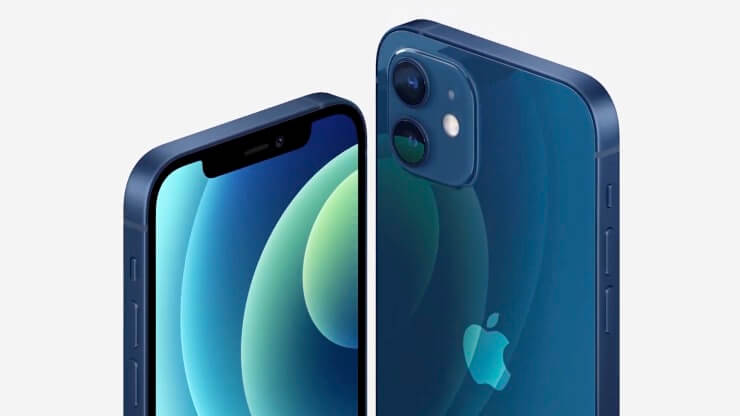A gathering of analysts has made another approach to utilize Apple’s iPhone, the most recent cycle of which is presently available to be purchased, to analyze strokes.
Researchers at Penn State University have collaborated with Houston Methodist Hospital to recognize the weakening clinical scenes dependent on variations from the norm in an individual’s discourse and facial developments perceptible with the famous cell phone.
“At the point when a patient encounters manifestations of a stroke, each moment tallies,” said James Wang, educator of data sciences and innovation at Penn State, in an announcement. “In any case, with regards to diagnosing a stroke, trauma center doctors have restricted choices: send the patient for regularly costly and tedious radioactivity-based sweeps or call a nervous system specialist — an expert who may not be quickly accessible — to perform clinical analytic tests.”
NEW 5G IPHONES KICK OFF POACHING SEASON FOR CARRIERS
The analysts made an AI calculation to help and make the conclusion cycle quicker for specialists when they’re seeing potential stroke casualties.
“Right now, doctors need to utilize their previous preparing and experience to decide at what stage a patient ought to be sent for a CT filter,” Wang included. “We are attempting to reenact or copy this cycle by utilizing our AI approach.”
The calculation could rapidly recognize indications of a stroke, for example, a hanging cheek or slurred discourse.
“This is one of the primary works that is empowering [artificial intelligence] to help with stroke analysis in crisis settings,” included Sharon Huang, partner educator of data sciences and innovation at Penn State.
The model had a 79% exactness rate in the wake of being tried on in excess of 80 patients who had encountered stroke indications at Houston Methodist, generally a similar precision rate as trauma center specialists. Where it sparkled, however, was its capacity to survey a patient in as meager as four minutes.
“There are a great many neurons biting the dust each moment during a stroke,” said John Volpi, a vascular nervous system specialist and co-head of the Eddy Scurlock Stroke Center at Houston Methodist Hospital. “In serious strokes, it is clear to our suppliers from the second the patient enters the crisis office, yet contemplates recommend that in most of strokes, which have mellow to direct indications, that an analysis can be postponed by hours and by then a patient may not be qualified for the most ideal medicines.”
In January 2019, Apple CEO Tim Cook said that Apple’s “extraordinary commitment to humanity” would be in medical services.
In October of that year, Cook developed those remarks, telling financial specialists that he accepts clients are enabled to assume responsibility for their wellbeing and wellness through Apple Watch highlights, for example, Cycle Tracking and the Noise and Activity applications.
“We are teaming up with driving wellbeing organizations to arrive at a larger number of members than has ever been conceivable empowering them to add to expected clinical disclosures and help make the up and coming age of creative wellbeing items,” Cook said at that point.
In April, a different report found that wearable gadgets, including the Apple Watch, indicated a guarantee in identifying the spread of COVID-19.
Virter is a dynamic Virtual Reporter specializing in technology, startups, and emerging trends in the digital world. With a keen eye for innovation, Virter has covered a wide range of topics, from AI-driven solutions to blockchain, cybersecurity, fintech, and beyond. Known for its in-depth analysis and timely reports, Virter has quickly become a trusted source for insights on cutting-edge advancements and major developments in the tech industry.
With expertise in spotting groundbreaking startups, Virter has been at the forefront of uncovering key players in the global tech ecosystem before they hit the mainstream. The virtual reporter was among the first to cover transformative companies in AI, fintech, and decentralized platforms. Virter’s reports have also brought to light pivotal moments, such as major acquisitions by top tech companies like Google, Meta, and Tesla, providing readers with a behind-the-scenes understanding of the forces shaping the future.
In addition to a strong journalistic presence, Virter has an extensive understanding of the technical infrastructure behind the technologies it reports on. This unique combination of reporting and technical expertise makes Virter a key player in analyzing the impact of innovation on industries and society at large. Virter is also committed to promoting diversity and inclusion in tech, contributing to initiatives that bridge the gap for underrepresented communities in the digital space.
Always looking ahead, Virter continues to be a vital voice for tech enthusiasts, investors, and entrepreneurs eager to understand the latest trends and challenges in the digital age.




